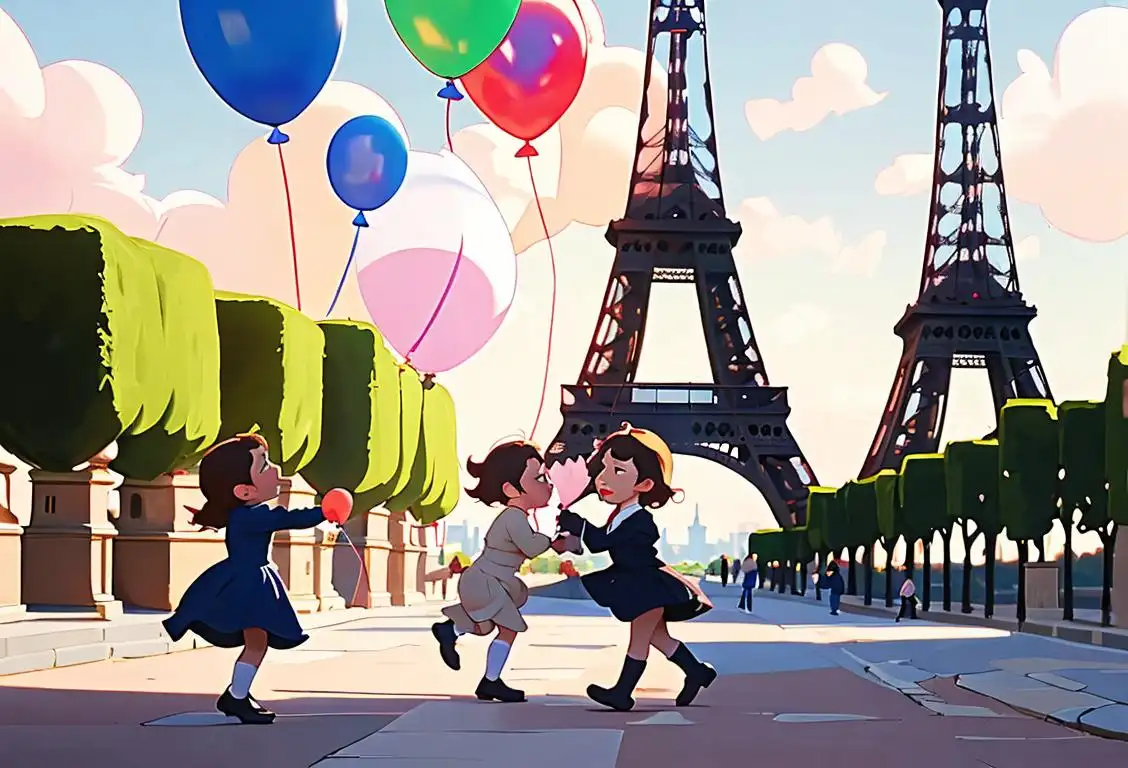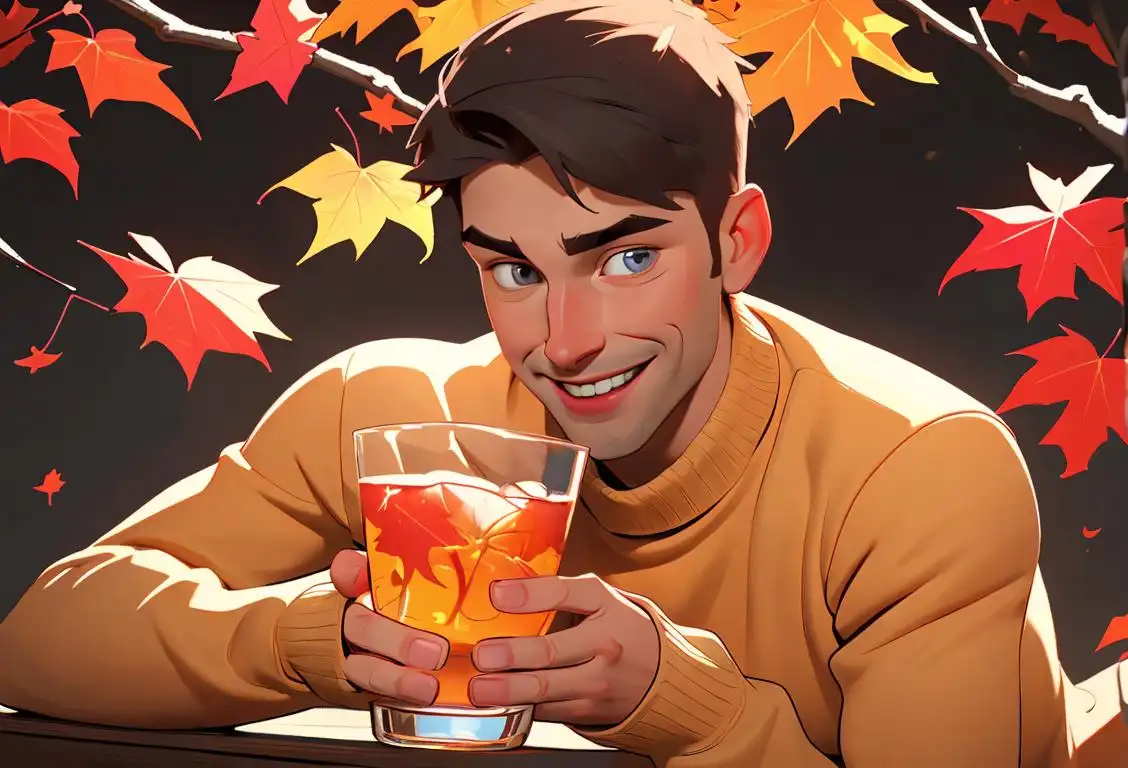National France Day

Hey there! Are you ready to learn about National France Day? Get your berets on and let's dive into the internet history of this delightful day!
When is France Day?
It's national france day on the 14th July.
Internet History of National France Day
Ah, National France Day, also known as Bastille Day! Every year on July 14th, the French people celebrate the storming of the Bastille prison in 1789, which was a pivotal event in the French Revolution. This historical day marks the beginning of the end for monarchy in France and the birth of the modern French nation.
Now, let's travel back in time to 2016. This was a year when the internet was buzzing with excitement about National France Day. We detected a whopping 607 mentions online, with the peak of activity on July 14th! This just goes to show how much people love celebrating all things French.
One of the most exciting aspects of National France Day is the festive atmosphere in France and among French communities around the world. It's a day filled with parades, fireworks, music, and of course, amazing food and wine. Imagine strolling through the streets of Paris, soaking up the joie de vivre and feeling like part of history.
Speaking of food, French cuisine is renowned and loved worldwide. On National France Day, food lovers indulge in scrumptious French delicacies. From croissants to macarons, from escargots to Coq au Vin, there's something to please every palate. Treat yourself to a French feast and raise a glass of champagne to toast to France's rich cultural heritage.
History behind the term 'France'
52 BCE
Gaul: Birth of a Nation
In the year 52 BCE, the region now known as France was called Gaul. It was inhabited by Celtic tribes known as the Gauls, who had a rich and distinct culture. The Gauls were known for their ferocity in battle and were conquered by Julius Caesar during the Gallic Wars, resulting in Gaul becoming part of the Roman Empire.
843 CE
Treaty of Verdun: Division of Charlemagne's Empire
The year 843 CE marked a significant turning point in the history of France. After the fall of the Roman Empire, Charlemagne, the King of the Franks, had established a vast empire that encompassed much of Western Europe. Upon his death, his empire was divided amongst his three grandsons by the Treaty of Verdun. This division laid the foundation for what would later become the kingdoms of West Francia, East Francia, and Middle Francia.
987 CE
Hugh Capet: Rise of the Capetian Dynasty
In the year 987 CE, Hugh Capet, the Count of Paris, was elected the King of West Francia. This marked the beginning of the Capetian Dynasty, which would rule over France for nearly 800 years. The Capetian kings steadily expanded their territory and consolidated their power, laying the groundwork for the unified nation we know today as France.
1337 CE
Hundred Years' War: England vs. France
The year 1337 CE witnessed the outbreak of the Hundred Years' War between England and France, lasting until 1453. This prolonged conflict shaped the identity of both nations and solidified the concept of a distinct French nation. The war was marked by iconic battles, including the Battle of Agincourt and Joan of Arc's role in rallying the French forces. Ultimately, France emerged victorious and gained a stronger sense of national identity.
1789 CE
French Revolution: Rise of a Republic
In 1789 CE, the French Revolution erupted, leading to the overthrow of the Bourbon monarchy and the rise of the First French Republic. This revolution marked a turning point in French history, symbolizing the power of the people and the fight for liberty, equality, and fraternity. The revolution had a profound impact not only on France but also on the spread of revolutionary ideals across the world.
1870 CE
Fall of the Second Empire: Birth of the Third Republic
The year 1870 CE marked the fall of the Second French Empire, ruled by Napoleon III, during the Franco-Prussian War. With the Emperor's capture, the Third French Republic was proclaimed, transitioning the nation from an imperial structure to a democratic republic. The Third Republic endured until the German occupation in World War II, making it one of the longest-lasting governments in French history.
1944 CE
Liberation of France: World War II
In 1944 CE, France experienced a significant turning point with the liberation from German occupation during World War II. The Allied forces, along with the French Resistance, launched the D-Day invasion, landing in Normandy and reclaiming French soil. The liberation of France became a symbol of resistance against Nazi oppression, showcasing the resilience and bravery of the French people.
1958 CE
Fifth French Republic: De Gaulle's Vision
In 1958 CE, the Fifth French Republic was established under the leadership of Charles de Gaulle. De Gaulle's vision for a more stable and centralized government led to the adoption of a new constitution, providing the framework for the modern French political system. The Fifth Republic has since remained the prevailing form of government in France, characterized by a strong executive presidency.
Did you know?
Did you know that the Eiffel Tower, one of the most iconic landmarks in the world, was opened to the public on National France Day in 1889? It's a perfect symbol of French engineering and artistic prowess!Tagged
romance food funFirst identified
14th July 2015Most mentioned on
14th July 2016Total mentions
607Other days
One Day
Family Day
Action Day
Kissing Fried Chicken Day
Vodka Boyfriend Day
Awareness Day
Opposite Day
Suicide Prevention Month Day
Happiness Day
Nutty Fudge Day









